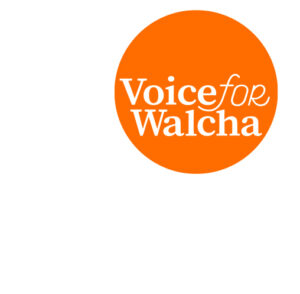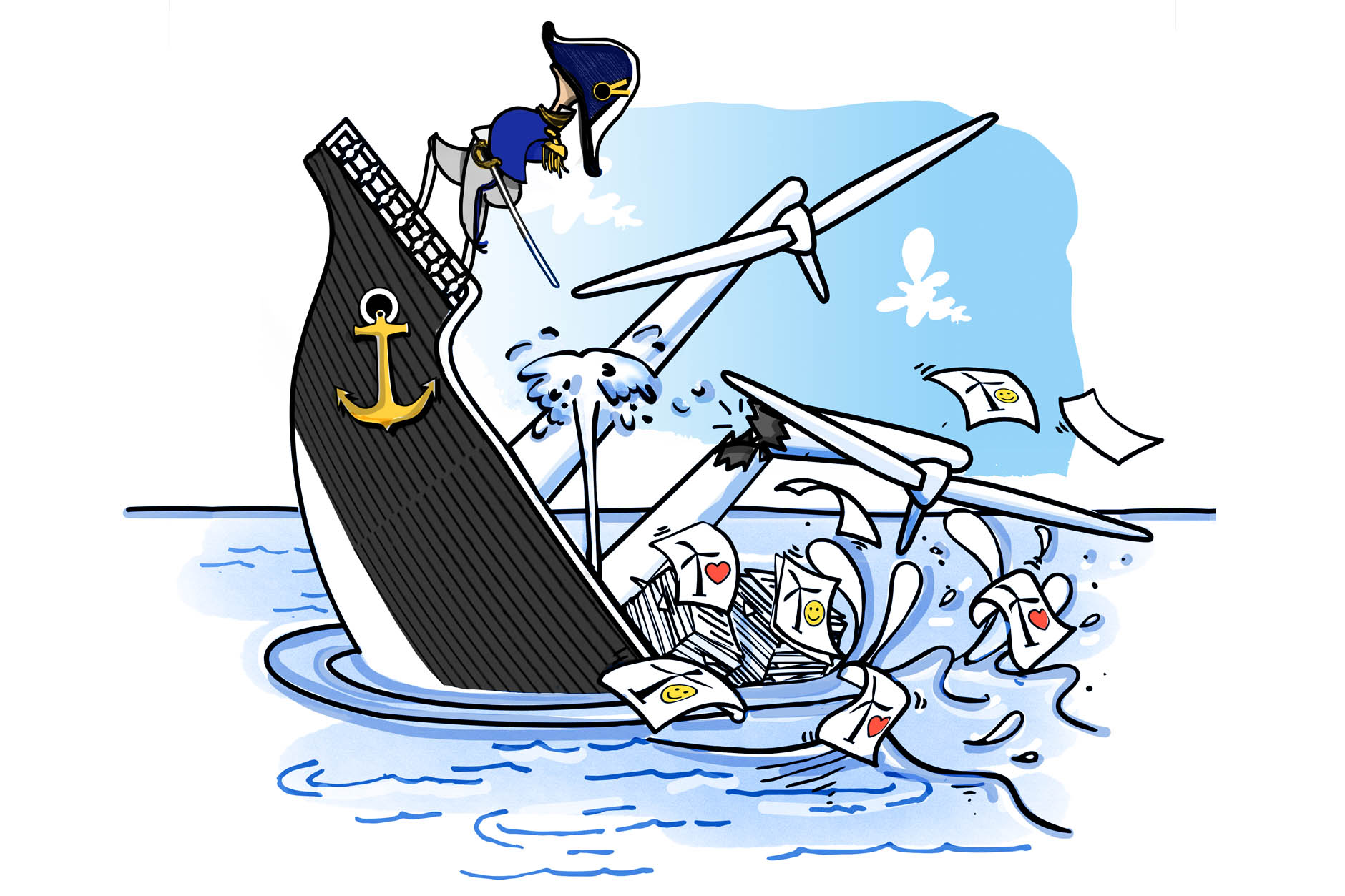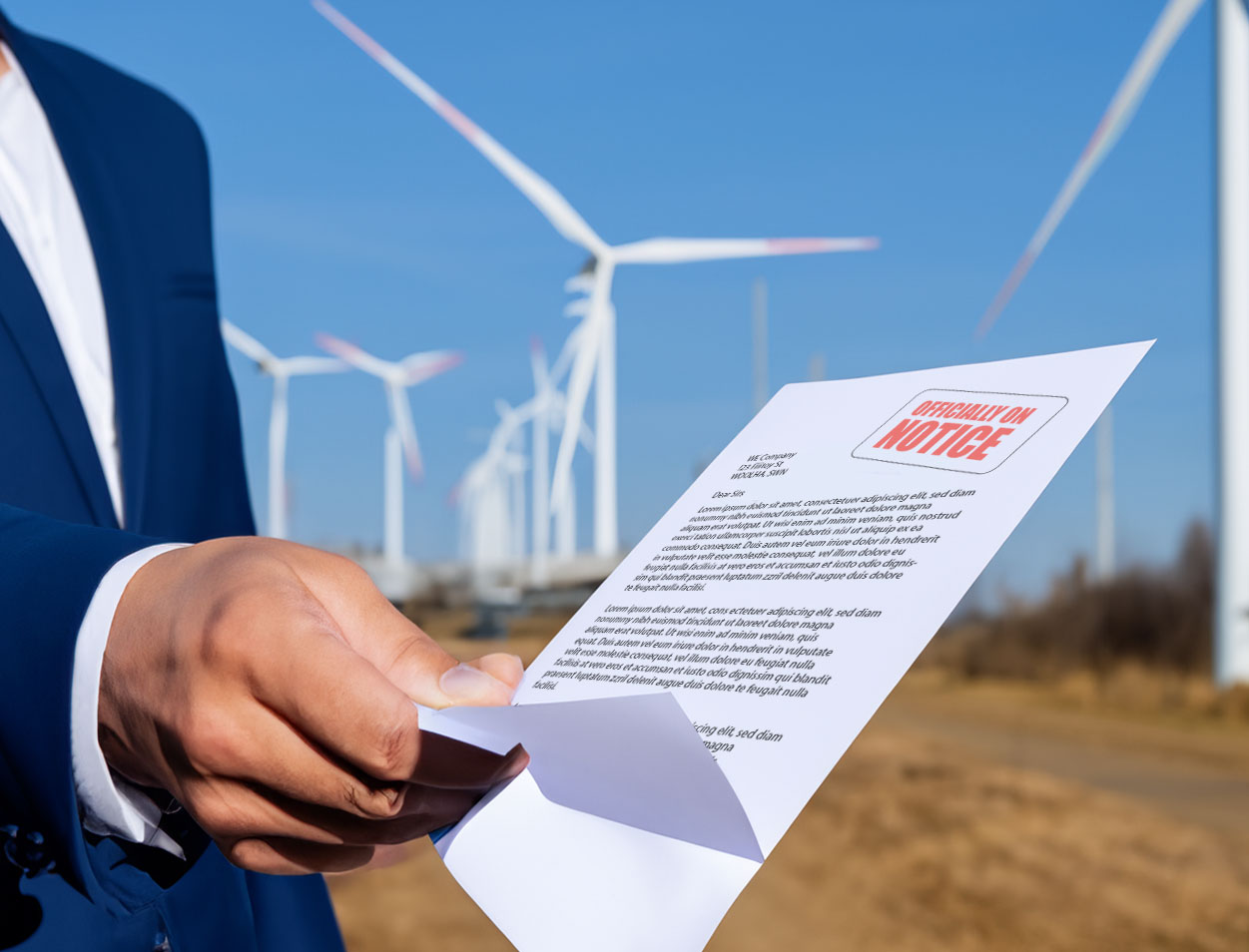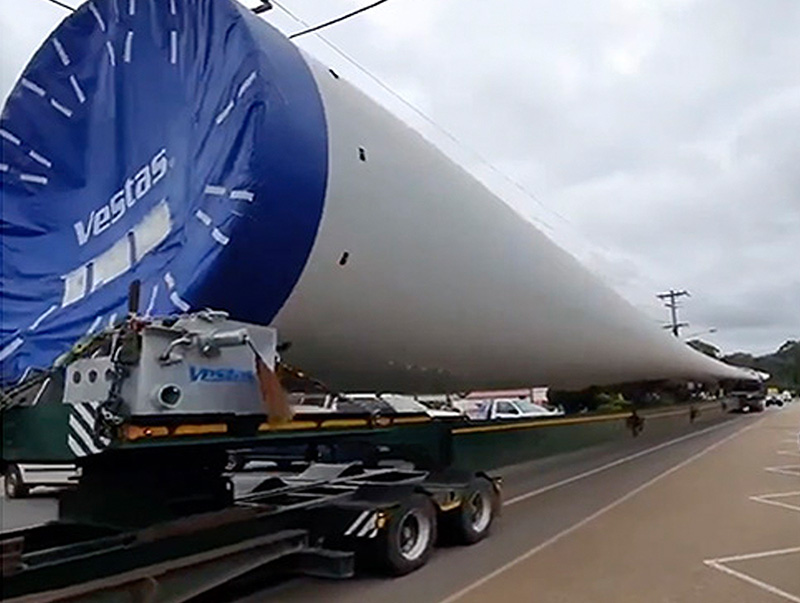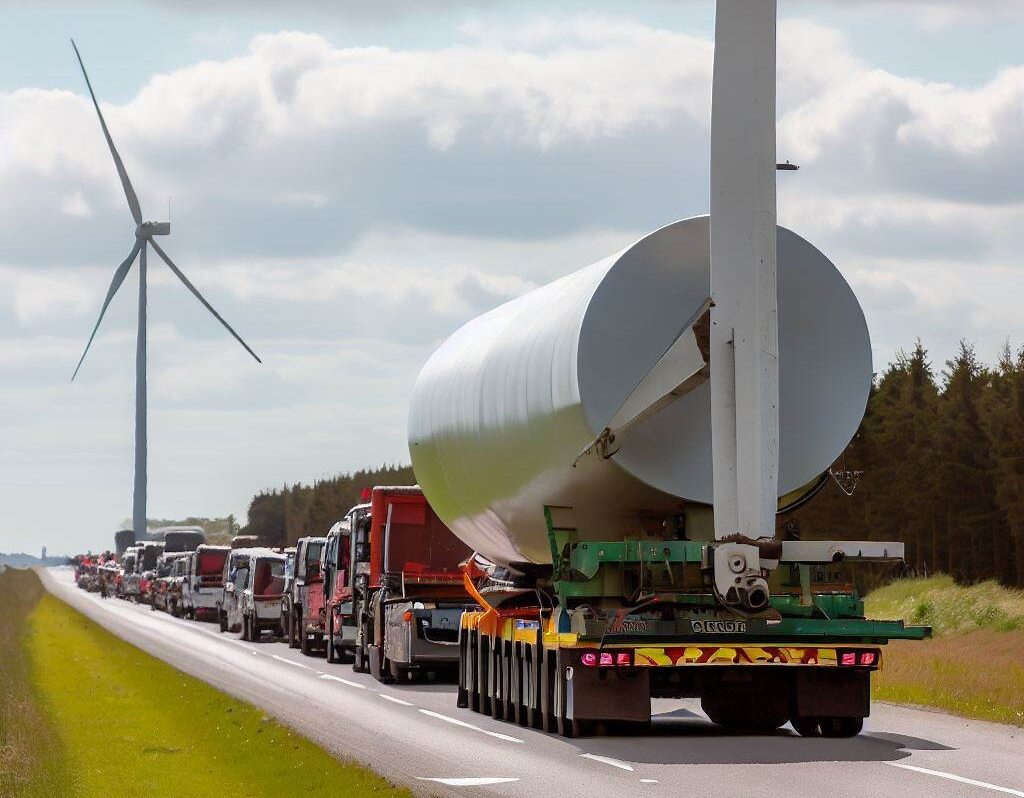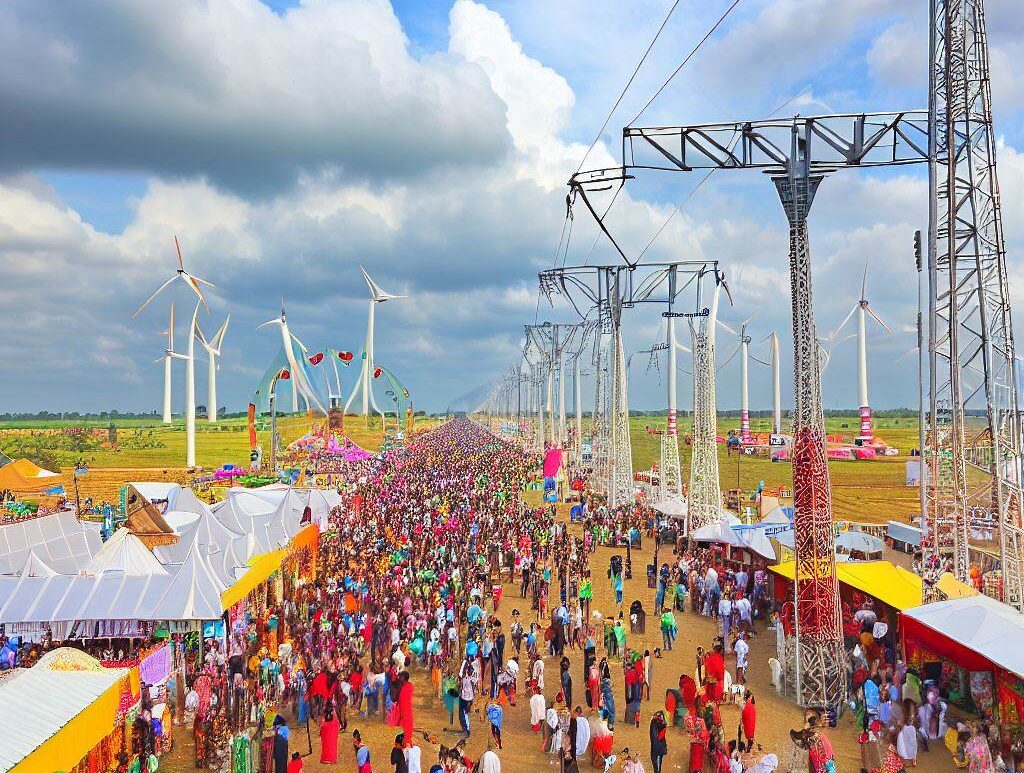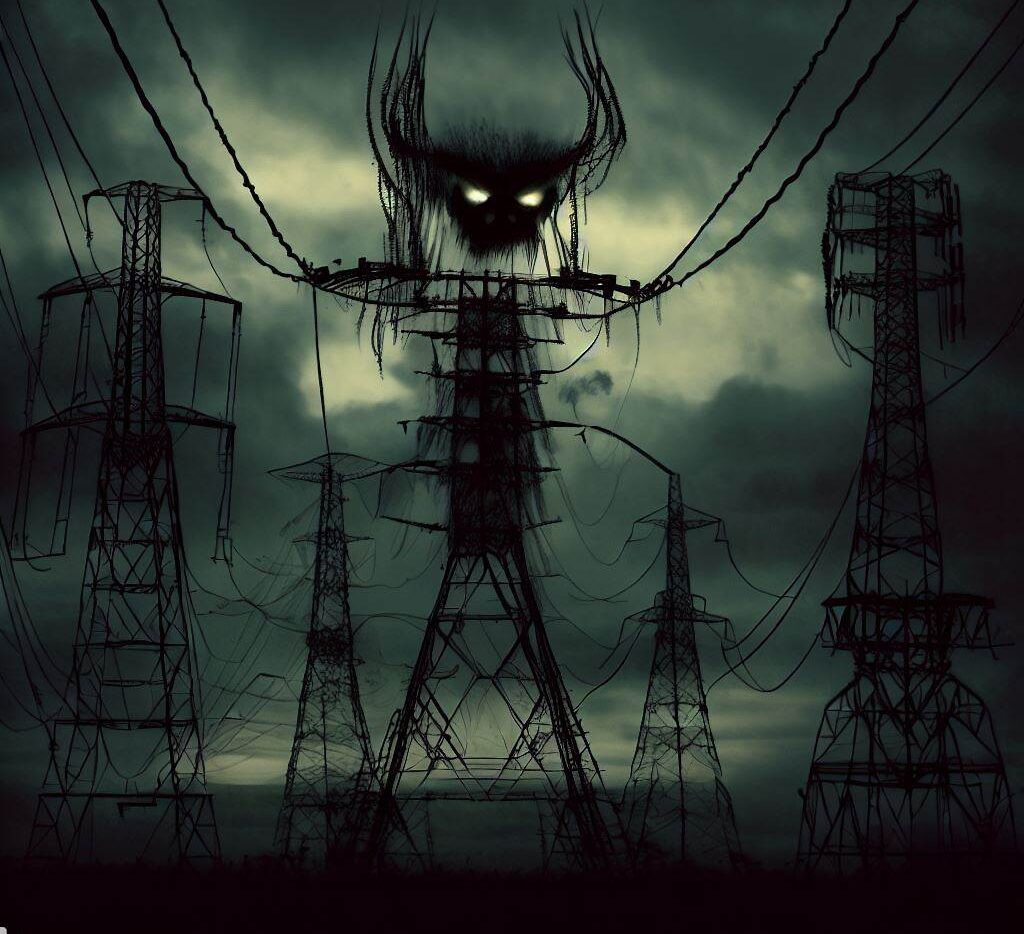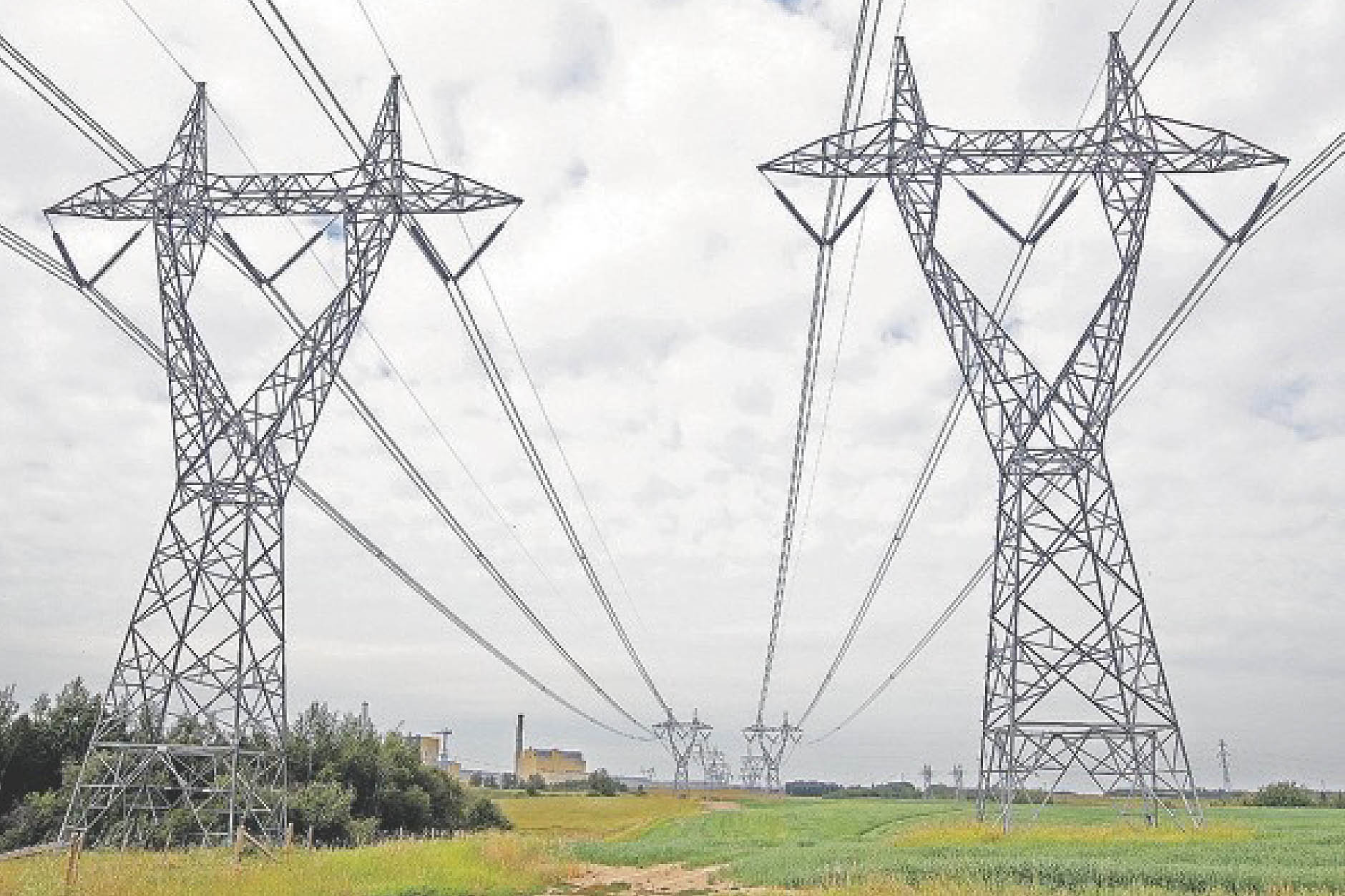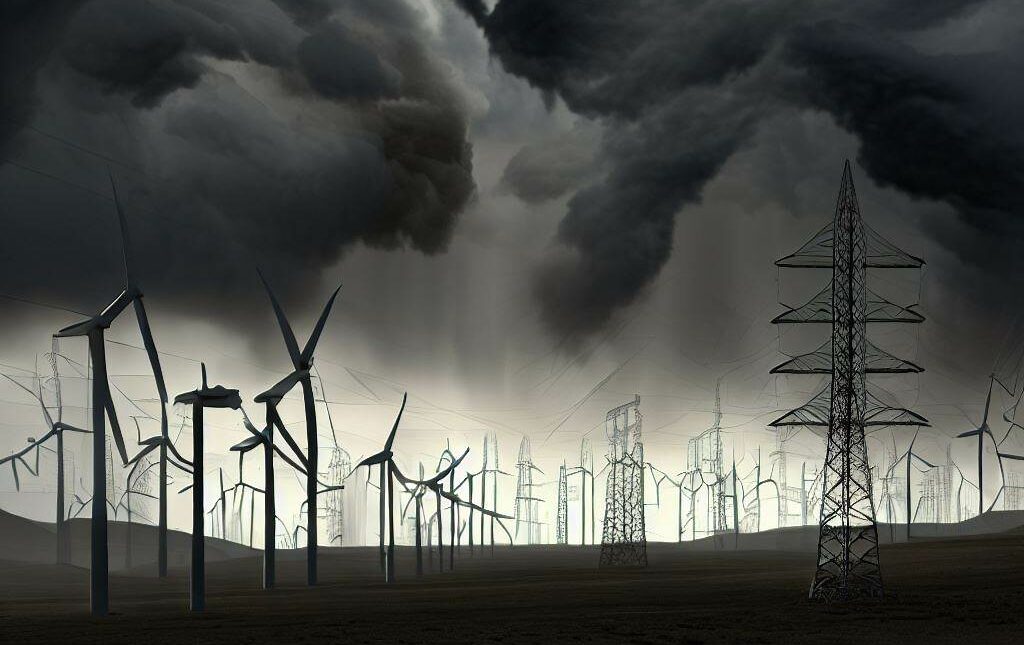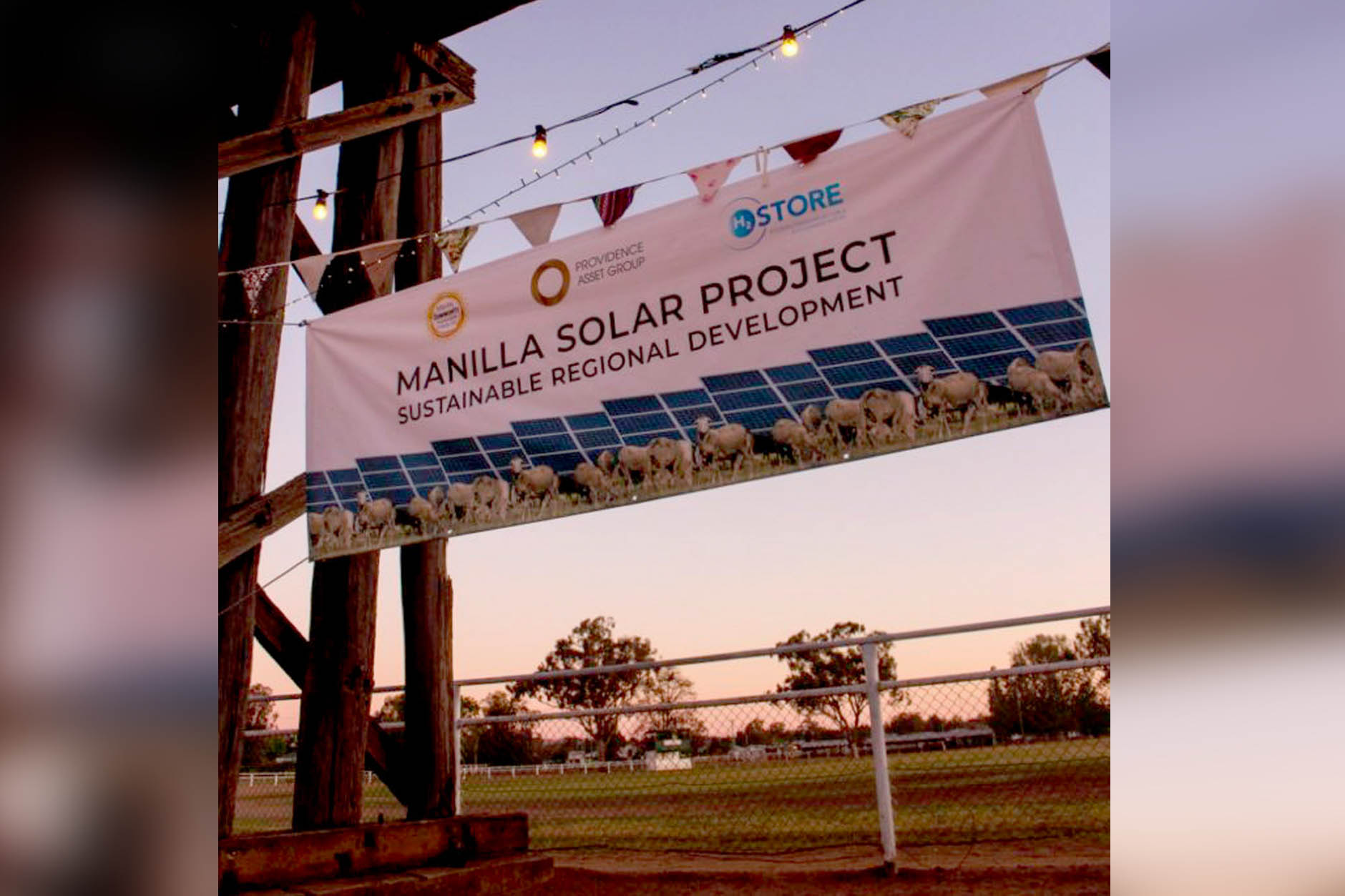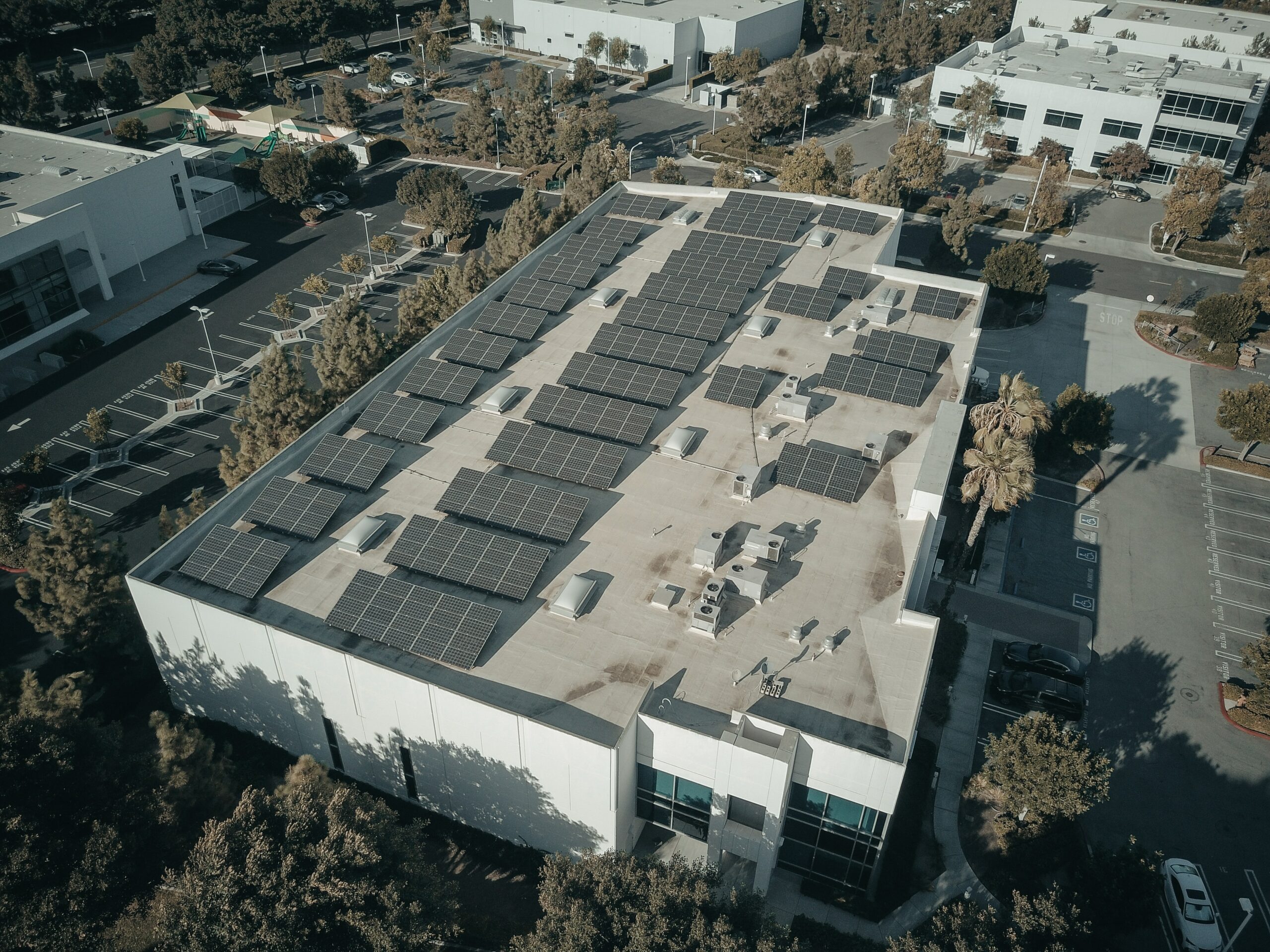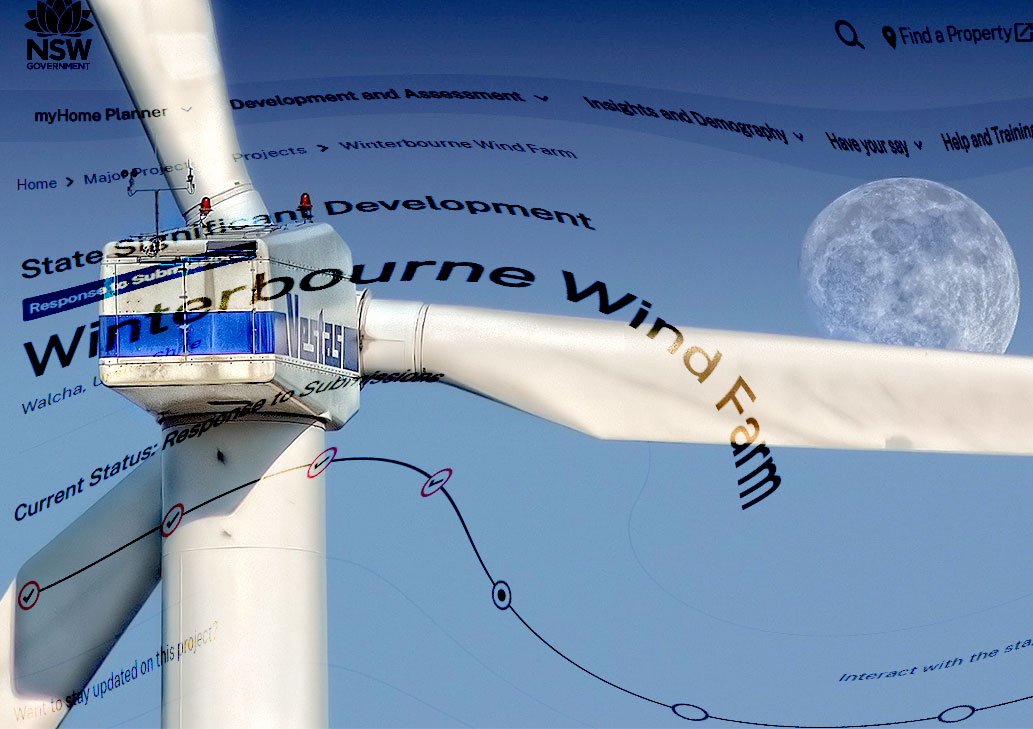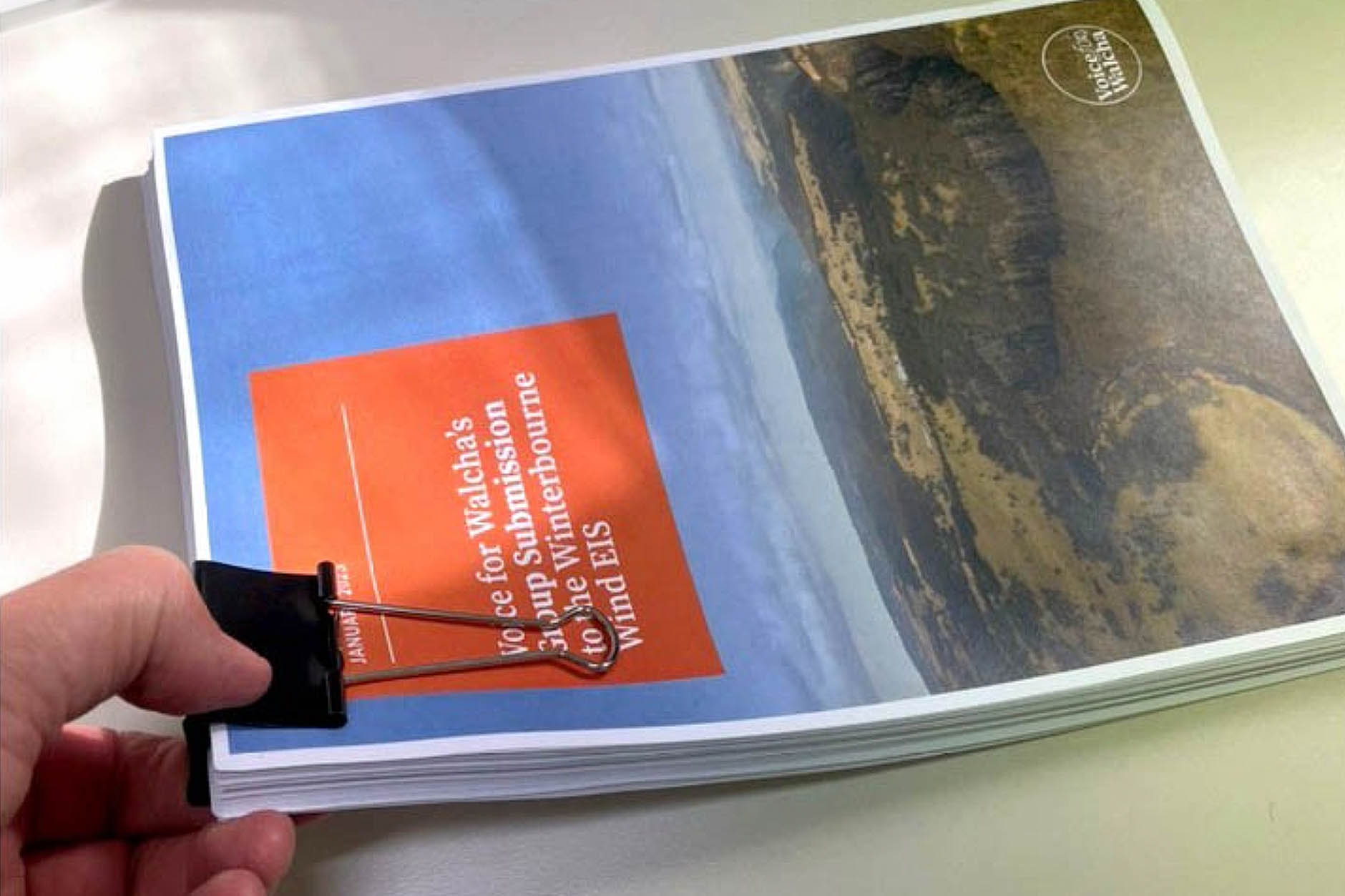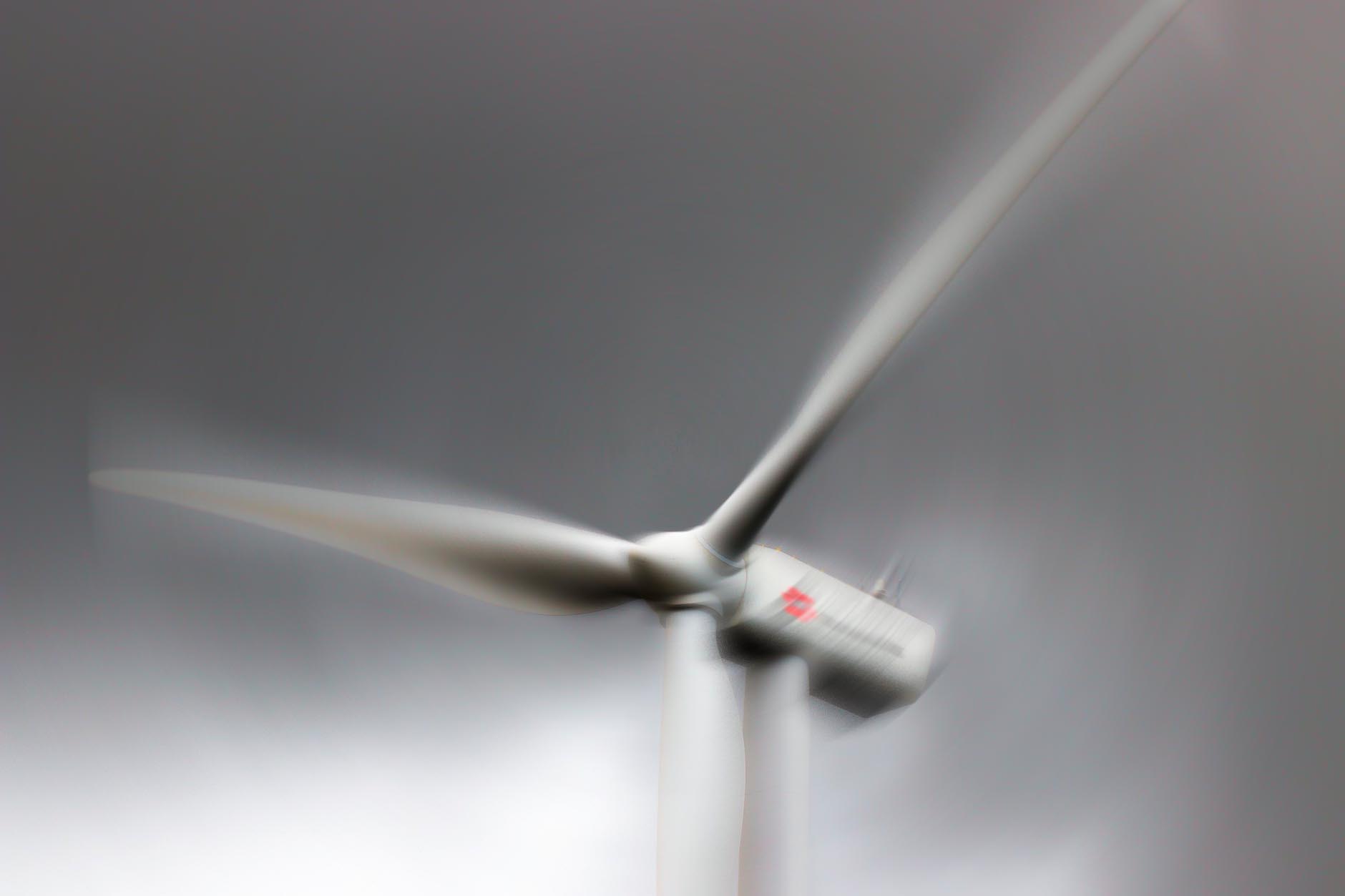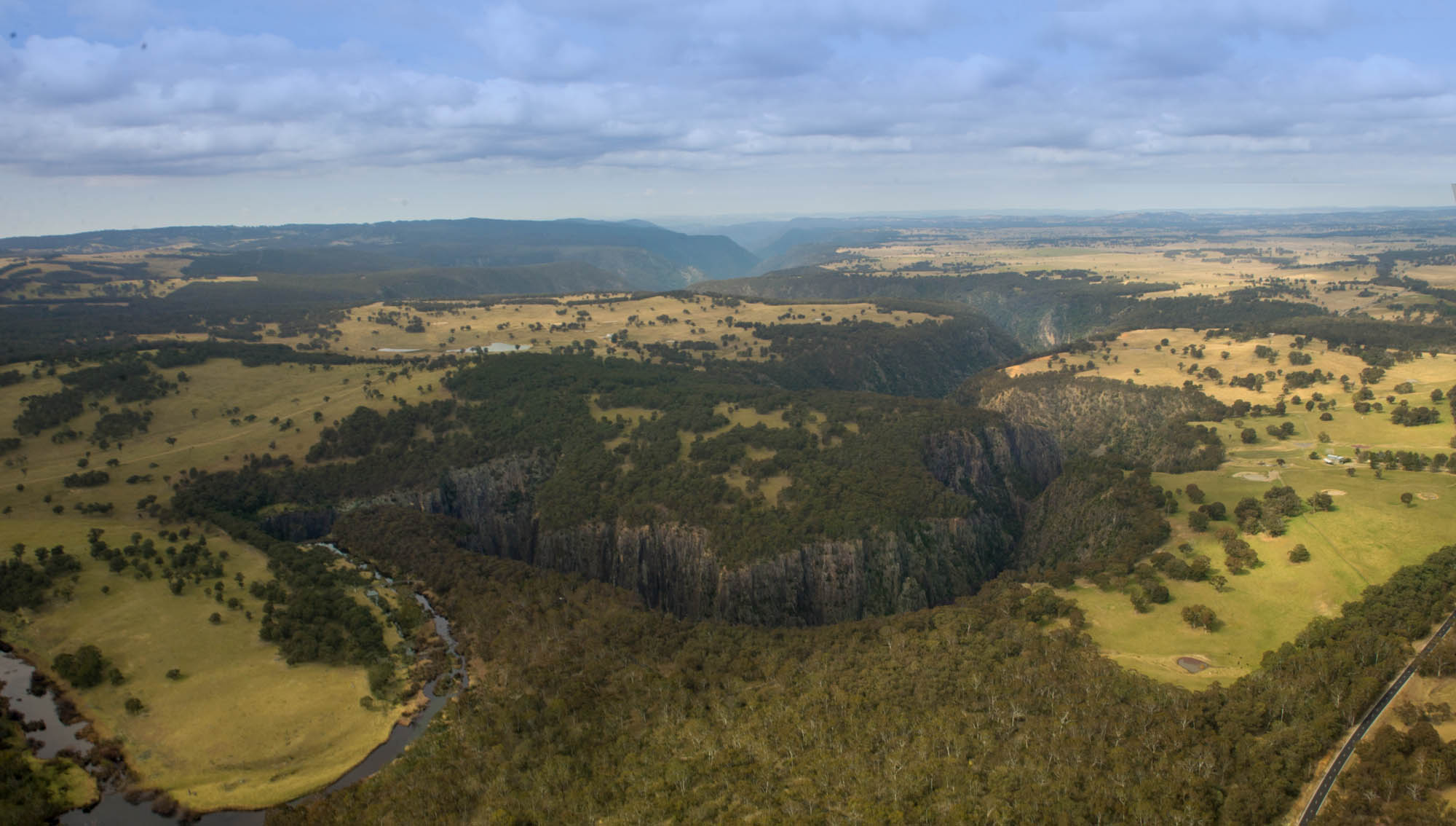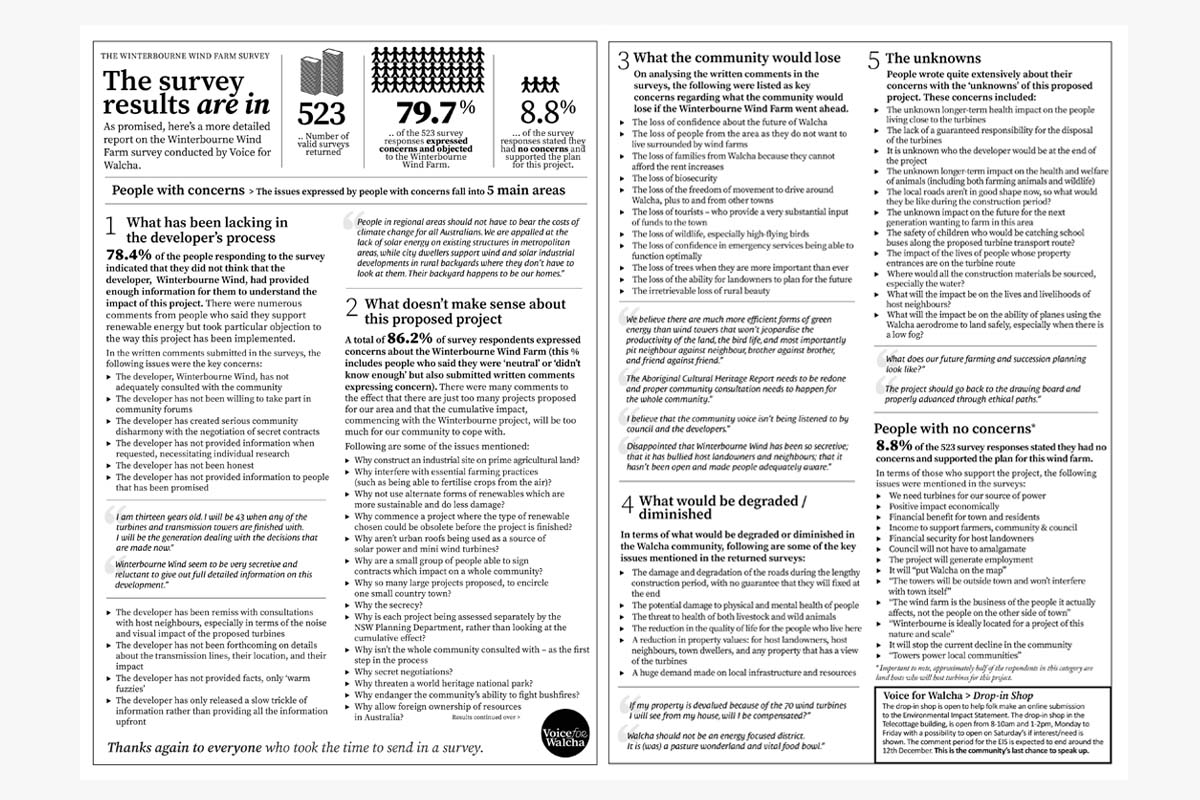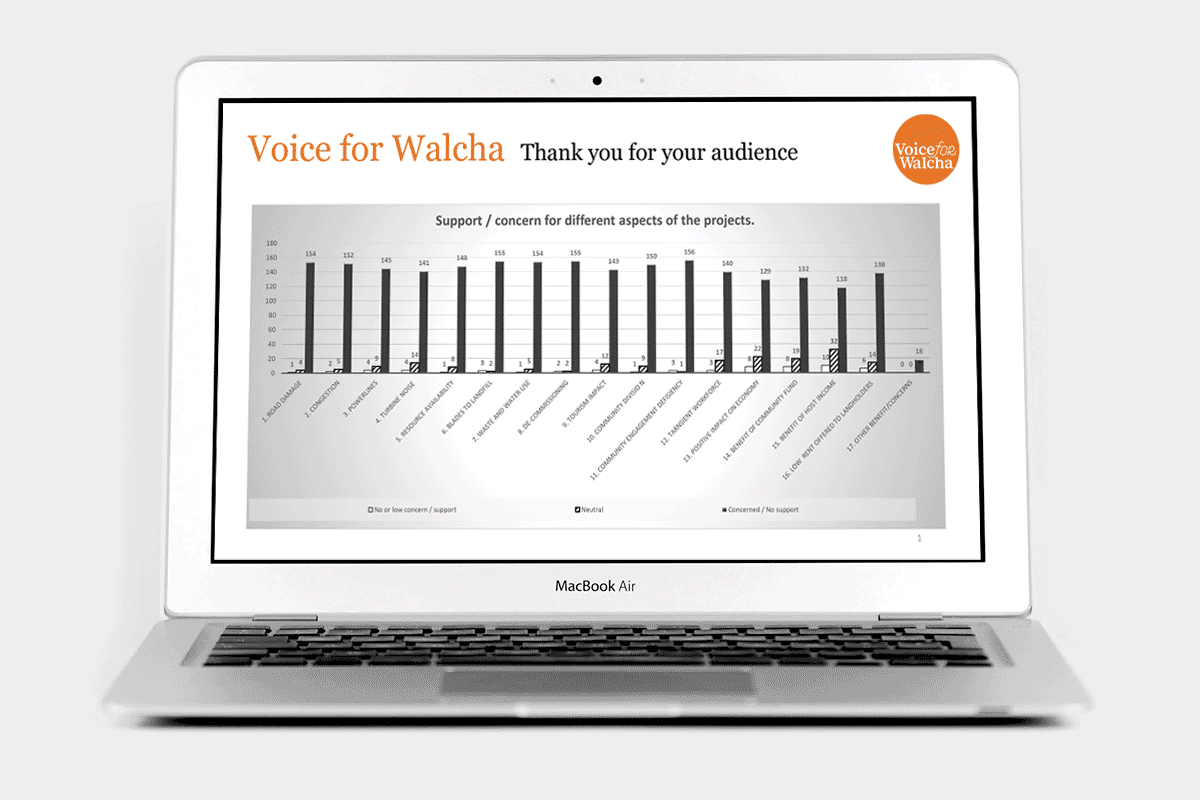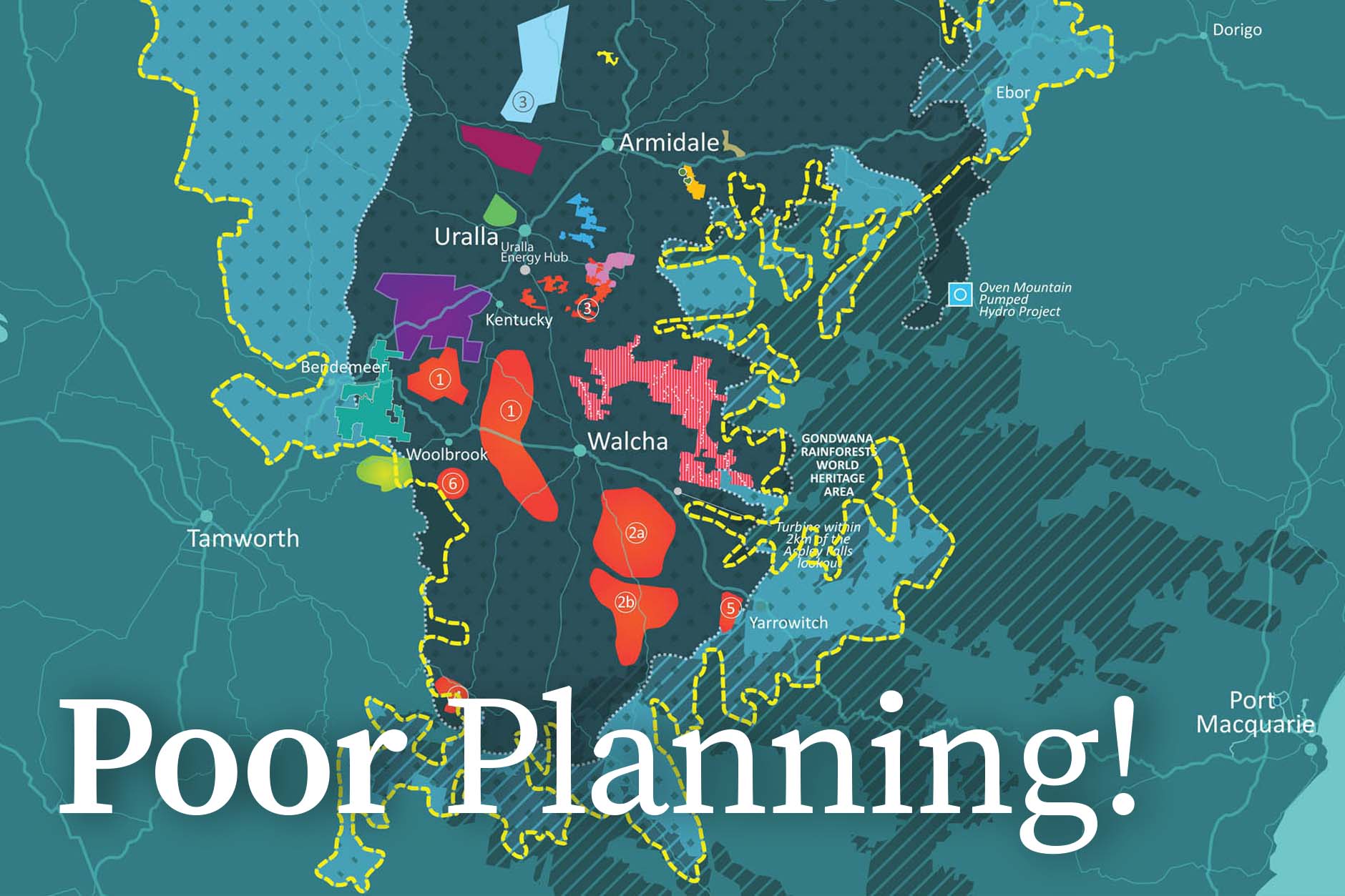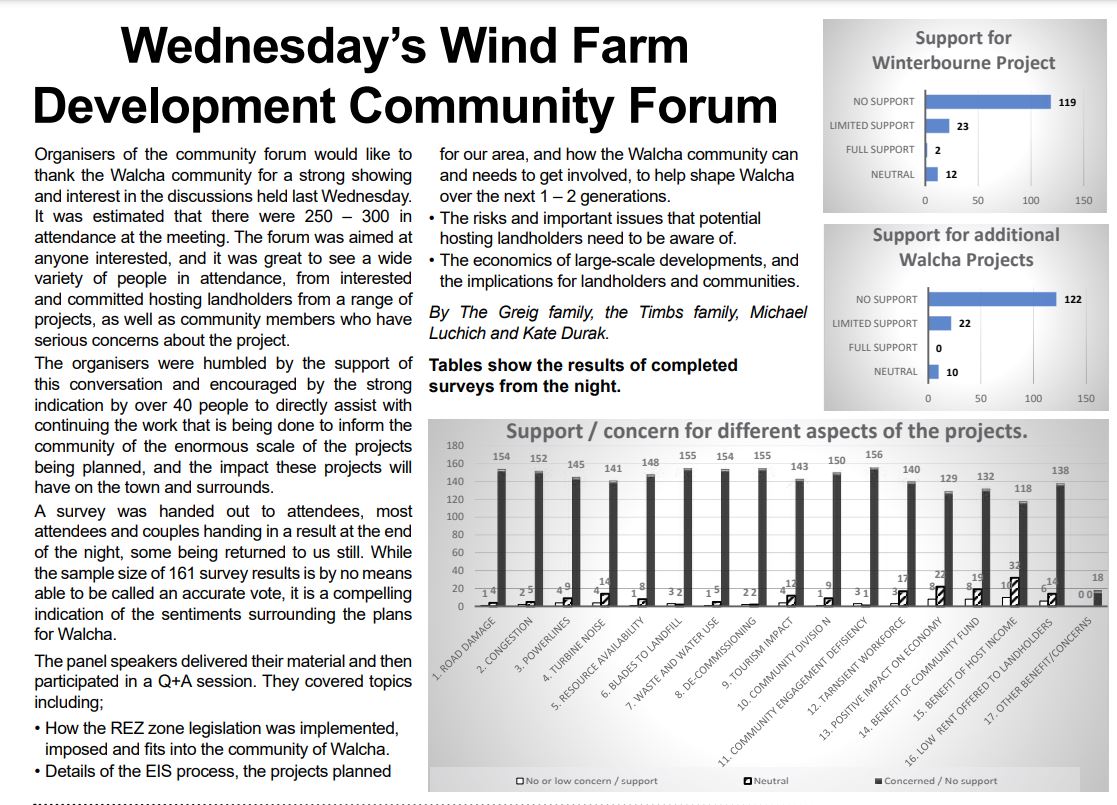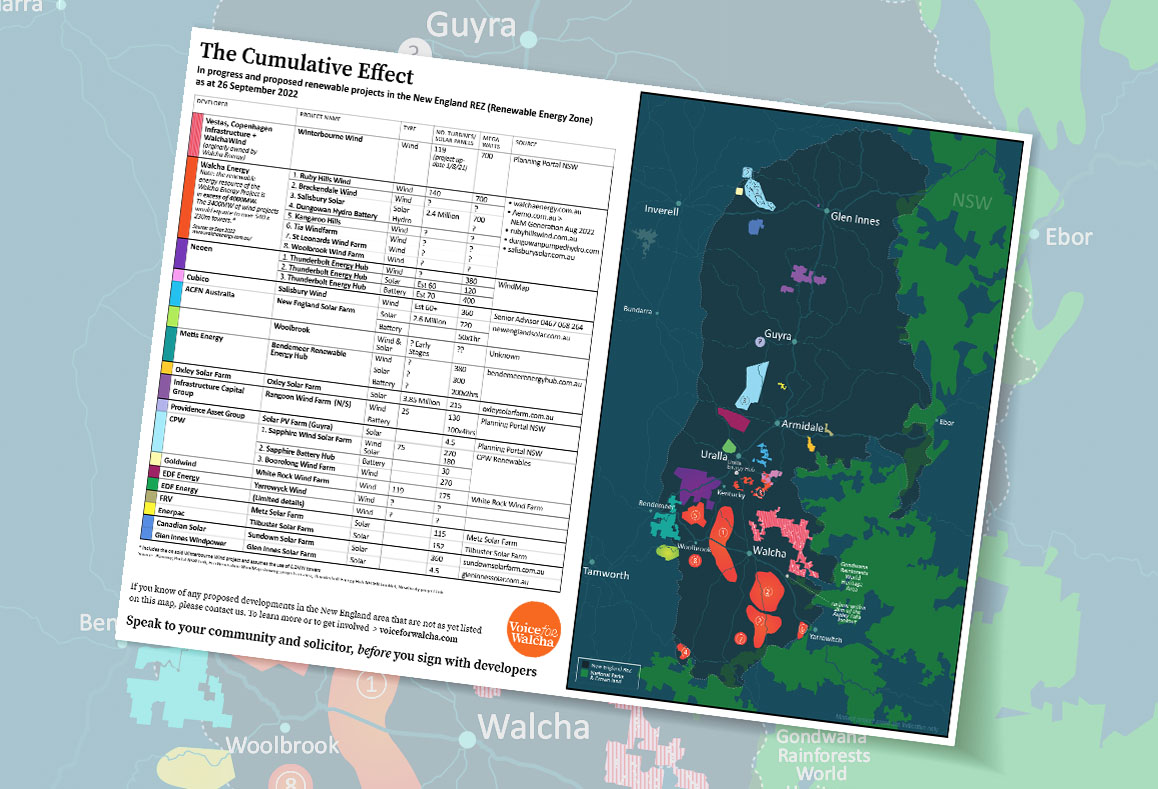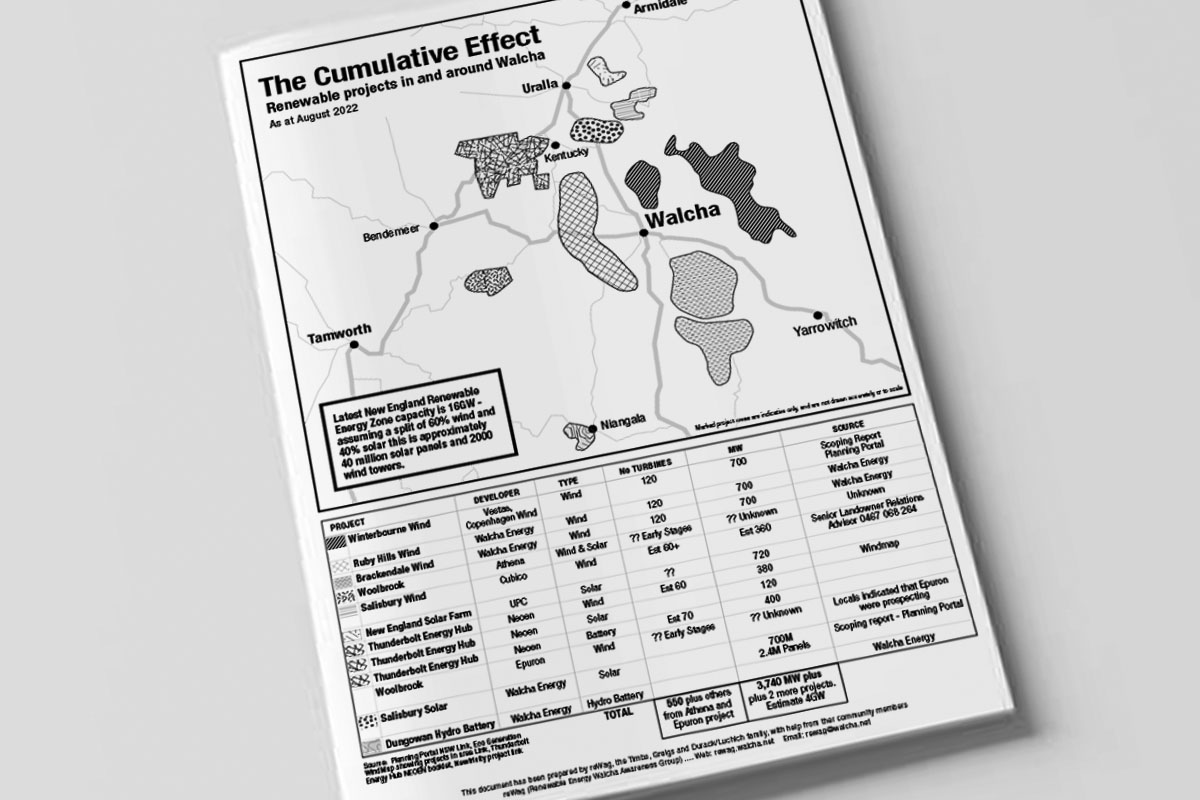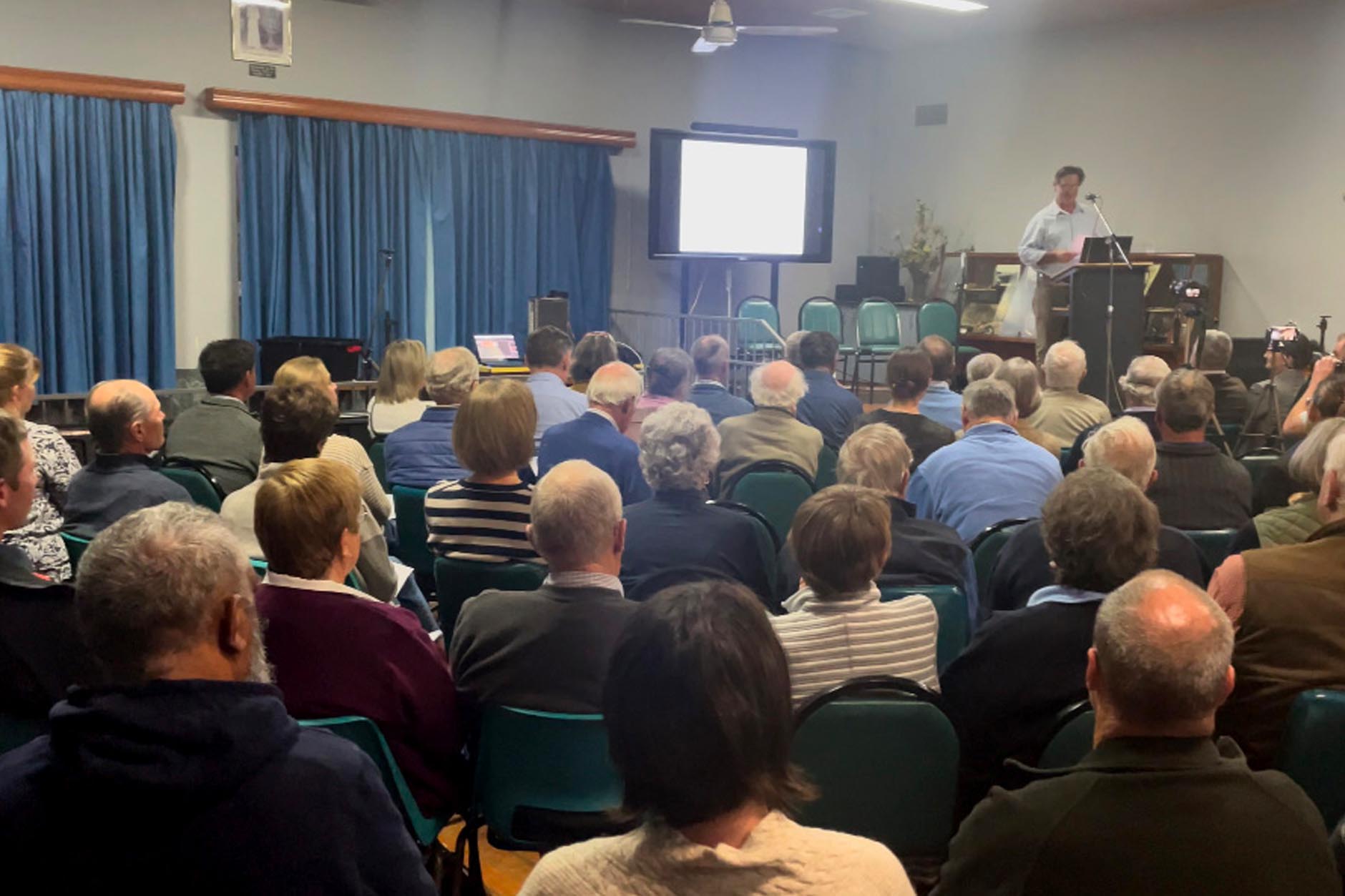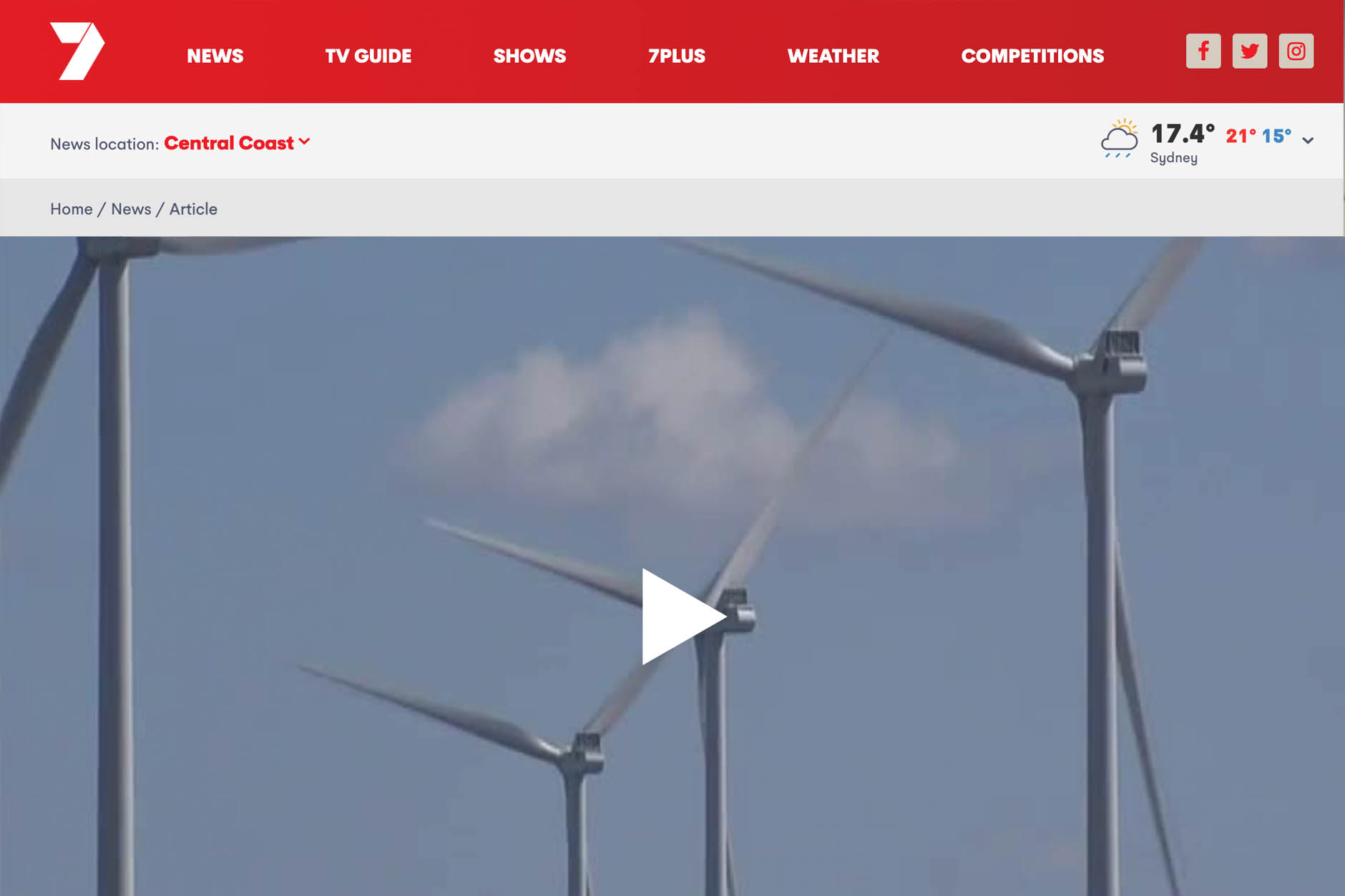You must have heard Vestas crowing lately, claiming to have totally squashed those divisive devils at Voice For Walcha. And you’d be forgiven for thinking they had a point, what with the EIS Support/Objection ratio touted at 52 to 46 percent. Hardly a landslide, but enough to make one sit up and take stock. And they’ve been crowing louder every day, no fear, even though that alone is a bit of a give-away. Empty vessels aside, it’s o en the case that the more someone shouts, the less secure they are in what they’re saying. And although Vestas are telling a story they desperately want to believe (and want everyone else to believe), more holes in their boat are appearing all the time.
Let’s consider just one major source of holes in this increasingly leaky vessel: the origins of the Supporting Submissions for the Winterbourne project. Most people would agree that the main impact of this wind project will be upon members of the New England communities within the designated area of the Project, Walcha in particular. A er all it’s their turf and they have to live with that burgeoning tribe of towering turbines. So they have more right than anyone to comment on what a project of this immensity will mean. But in fact about 70% of the Support Submissions come from well beyond the New England area – what might be called “Outsiders”. We’re talking country towns, coastal to inland, and cities like Melbourne, Brisbane, Sydney, Perth, and even Ontario, Canada! (It’s true, no fear; though who dug up that one is anybody’s guess.) Someone suggested that the bulk of these Support submissions were drummed up by Vestas itself, through social media. But surely that wouldn’t be the case. We’re talking 346 submissions. Surely to goodness they couldn’t be that desperate.
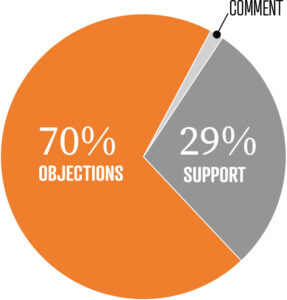
Then again, maybe they could be. After all, remove those 346 ring-ins from the equation and the submission ratio changes radically: Supports 29% – Objections 70%. Now that really is very different story, and one that’s riding high on the waves.
However, if it is the case that something as tawdry as a kind of RentaMob was involved here, then you have to pity those involved in the gig because they sure didn’t get good value for their effort. Most of the support submissions were pitifully weak; brief, banal and jokingly generic. Many were of the Wind is Great calibre, or Love Renewables, or Jobs for a Dying Community, etc. What’s more, almost none of them made any significant comment whatsoever addressing the main reason for this entire submission process – the Environmental Impact Statement, the big Vestas EIS. The most that these submissions could claim is that they boosted the numbers. Big deal. That’s just more passengers on a sinking ship. But don’t panic, you’re on the Titanic.
Of course the poor quality of ‘outside’ submissions will be taken into account by the Independent Planning Commission. The Planning Department has made it clear that submissions of support from outside the region, and that do not relate to the project or the community of Walcha, will be considered as less relevant than those that do.
While we’re on the subject of EIS submissions, though, this is a good point to flag the incredibly high quality of the Objections made to the wind farm project. It’s also worth noting here that those Objections came almost entirely from the New England area, predominately from Walcha, so there has certainly not been any fatuous inflating of numbers – pretty well all honest home-grown stuff. And as it has been said before, this little community can be really proud of itself. In a David and Goliath conflict they have punched so far above their weight that it’s beyond words.
So what does it all mean? It means that despite the megaphoned fabricated narrative from Vestas about silencing a community’s objection to a truly dodgy project, the absolute opposite is in fact the case. It means that the 438 Objections to the wind farm project amount to over 8 times the 50 submissions required to trigger an Independent Planning Commission (IPC) into the project. Add a local council objection to the DA, and that IPC
investigation becomes a dead-set certainty. No fear, Vestas will definitely have its work cut out answering the tsunami of searching question coming their way over the next year or so.
And, on a brighter note, maybe (just maybe) it also means that the Walcha community can at last come together and really start thinking seriously about ways of creating proper, realistic renewable energy solutions.
We can do it if we row together.

